Antarctica
Here there are several pictures that account
for my climbs and work in Antarctica. I hope that these pictures could
show a bit of the hard and necessary work that has been done for decades
by scientists, and by those who support them and their activities and research.
I hope that it can show how beautiful and delicate this continent is. And
ultimately I hope that it can touch the readers, making them think on the
importance of preserving the continent, and keep it devoted only to peace
and science, as it is in The
Antarctic Treaty. To see the pictures in the original size you just
have to click on it.
NATURE
These ones were not taken by me (the only ones here!). The left one was
taken by a really lucky diver. The sea is calm, the skies are clear. And
the sun is quite high in the sky, so that the conditions to took this picture
were really perfect and unique. It really proves that most of an iceberg
lies under water! The right one shows a colony of Emperor penguins. These
animals can only be found in the continent, not in the islands surrounding
it, so that unfortunately I did not find any in my trip (another reason
to come back). Needless to say how majestic are these guys...
At left one can have a panoramic view of where the Brazilian station Comandante
Ferraz is located (Admiralty Bay). The buildings are near the shore at
right. The left (highest in the picture) peak is called Morro da Cruz and
in its summit there is one weather station. It stands at some 300 meters
above the sea level, and I have climbed it many times. The normal route,
which is used to bring there scientists, or climbed just for fun, goes
through the left until the ridge. A more technical route goes directly
through the wall that faces you. The leftmost peak can be climbed by experienced
climbers also, and it presents dangerous steps of mixed climbing on loosen
stones. The rightmost snowed peak is the North Peak. It is higher than
Morro da Cruz some hundred meters. A great experience is the traverse of
the two mountains by the ridge that connects them. The picture on the right
shows a young seal resting in the shore nearby the station. It has probably
just eaten a lot of fishes as lunch. This place is always crowded by many
species of animals.
Starting up left clockwise. A great antarctic mammal rests on a bitberg.
A lot of whale's remains lies on the shore. It seems that they go to the
beach to die, lefting us with an impression of their size. Here it's only
a jaw! In the Gerlache strait whales can be found in a large number in
the summer. In one day we found 98 different individuals. Here one
can see 3 side by side in different stages of a dive: at left the tale,
in the middle part of the back, and at right only the water vapor caused
by the whale's breathing. In the winter, these whales go north until the
coast of the state of Bahia, in Brazil, in a place called Abrolhos. One
individual has once been identified in both places. A gentoo penguin, one
of the 3 more found species of penguins in the station area. A very rare
and pre-historic kind of seaweed can also be found at the beach. It is
being preserved at all costs, given its rarity. In antarctica, only the
coast have life (plenty of it, by the way!), but the inland is uninhabited
by any animal.
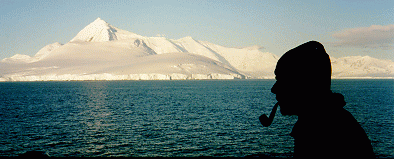
Starting up left clockwise. During an attempt to reach a remote weather
station, for maintenance, we headed south for a few days in the Brazilian
Navy ship "Ary Rongel", until we had to give up due to the sea covered
with packed ice. We forced the ship over the ice for hours very slowly,
but nature forces are always stronger... surely all aboard remembered the
awesome Shackleton's history! The shadow of one of the ship's masts on
a bitberg at "sunset", i.e., around 11pm. We have decided to welcome the
New Year, with four brand new digits, atop the North Peak, certainly a
moment that none of us will never forget. This picture was taken at midnight
of January 1st, and the clouds make it seems there are two suns in the
sky. It seemed like we were out
of the world. Scientists whose research is related to whales use small
boats to come closer to them, to collect samples of their skin, fat and
blood.
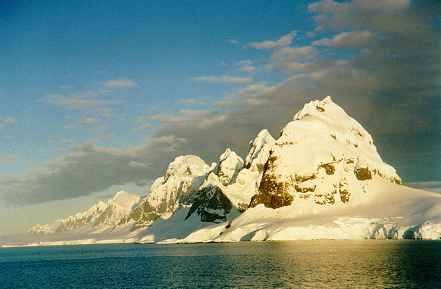
SCIENCE
One of the most important research programs done
by Brazilian scientists in Antarctica is the understanding of the weather.
Since the weather stations are mostly located atop the mountains, I had
a close contact with it, because no scientist is allowed to be up the hills
or in glaciers without the responsible climber for security. Thus, every
time there was need to be at the weather stations I had to go (needless
to say it was a pleasure!). It is still a matter of debate, but it is possible
that the weather in the whole world is strongly affected by what happens
in Antarctica. This can be specially relevant for the southern hemisphere
and South America. The Instituto Nacional
de Pesquisas Espaciais (INPE) is one Brazilian institute which keeps
several remote weather stations in Antarctica. These stations send by radio
records of several parameters, like temperature, pressure, wind speed and
direction etc. Every summer it is necessary to check each of them for maintenance
and security, and sometimes also to install new devices. Obviously, these
researchers also work in the weather forecasts for everybody in the Brazilian
station and also in the other stations nearby, like the Polish Henryk Arctowski
and the Chilean Eduardo Frei.
There is a lot of Brazilian research going on in
Antarctica. Many times we have used boats to fish. Fishes here have a peculiar
characteristic that they live at -1C. There is a group, in particular,
from the University of São Paulo
(USP), that is studying how the immunologic system of these fishes work
at these low temperatures. This can help develop new techniques to medicine.
Fishes here also can spend a long time without eating properly, and produce
anti-freezing substances. We have also used boats to collect samples from
the ocean soil. They are used by another group of USP to study a bacterium
that can digest oil. They are studying its genetic code trying to discover
what part of it is responsible for this property. This can be used some
day to control polluted areas in other parts of the world, where this bacterium
can not survive. They also analyze the pollution produced by the stations
in the Admiralty Bay. In the picture at right one can see a device at the
Ipanema beach (yes, it's like a joke) to study the radioactivity in the
atmosphere. This study helps understand the atmospheric behavior in Antarctica
and also in other parts of the world. Moreover, it can also give clues
about atmospheric pollution. There are also programs to study the ozone
layer and the properties of the ionosphere, which are particularly relevant
for the transmission of radio waves.
SUPPORT
The Conselho Nacional de Pesquisa e Desenvolvimento
(CNPq), one of the Brazilian funding agencies, and the Brazilian Navy give
most of the support and logistics for the Brazilian Antarctic Program.
Without it, none would be possible, and this support is an extremely complex
task.
THE CLIMBER
 The
Clube Alpino Paulista (CAP) supports the Brazilian Antarctic Program with
capable mountaineers, every summer, for the security of everyone involved,
either at the station or at other refuges and camping sites. These men
and women must be extremely responsible since one only fault can be fatal
and sometimes everyone depends on them. They must also have, of course,
a large experience with rock and ice climbing, expeditions, and guiding;
they must be able to control people in extreme conditions. All equipment
must be checked and if there is need for new equipment the climber shall
provide it, contacting the appropriate people. They also work instructing
for rescues and communicating with everyone outside the station to check
for needed support. They must be available anytime, anywhere, and for all
kinds of activities too. In weekends and holidays, they shall also organize
trekking for entertainment, to alleviate the conditions in this beautiful,
but hard, land.
The
Clube Alpino Paulista (CAP) supports the Brazilian Antarctic Program with
capable mountaineers, every summer, for the security of everyone involved,
either at the station or at other refuges and camping sites. These men
and women must be extremely responsible since one only fault can be fatal
and sometimes everyone depends on them. They must also have, of course,
a large experience with rock and ice climbing, expeditions, and guiding;
they must be able to control people in extreme conditions. All equipment
must be checked and if there is need for new equipment the climber shall
provide it, contacting the appropriate people. They also work instructing
for rescues and communicating with everyone outside the station to check
for needed support. They must be available anytime, anywhere, and for all
kinds of activities too. In weekends and holidays, they shall also organize
trekking for entertainment, to alleviate the conditions in this beautiful,
but hard, land.

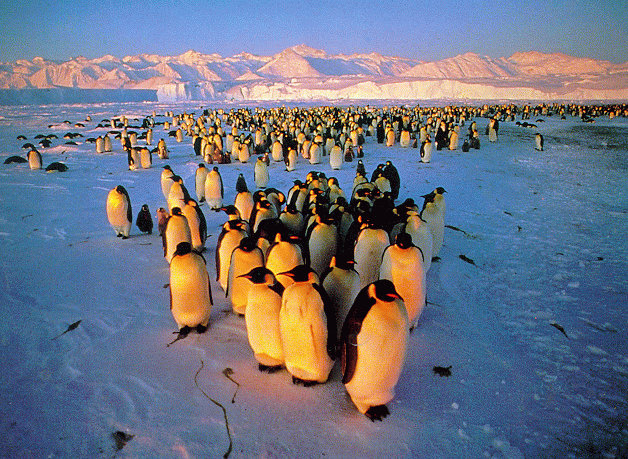


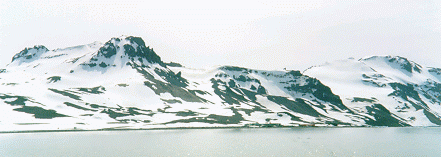

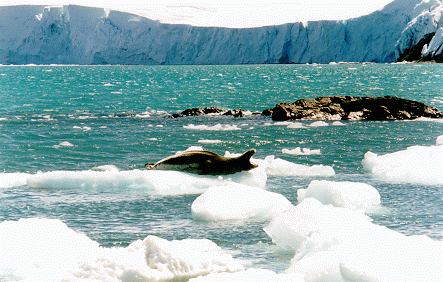
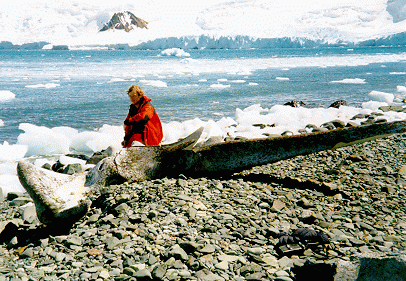
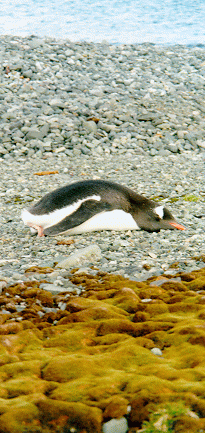
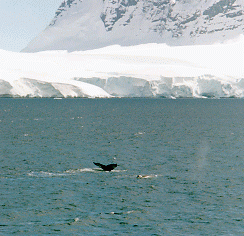

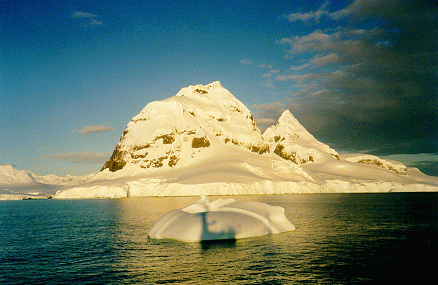
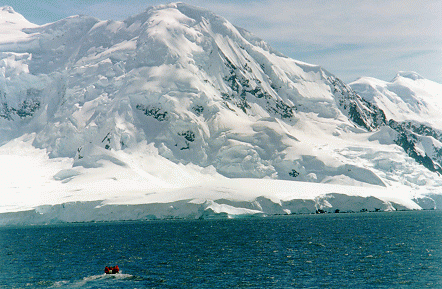
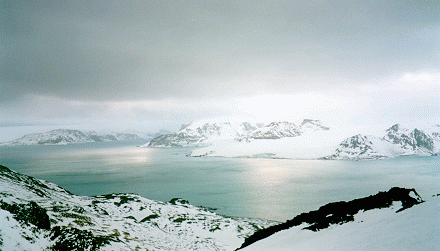
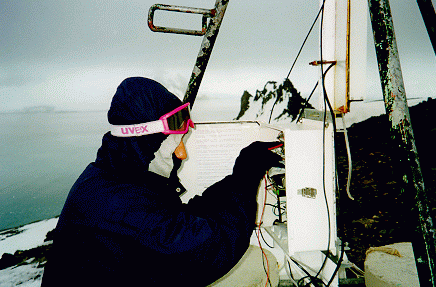

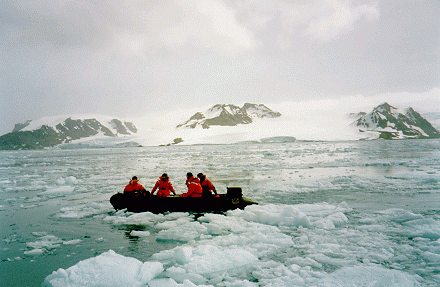
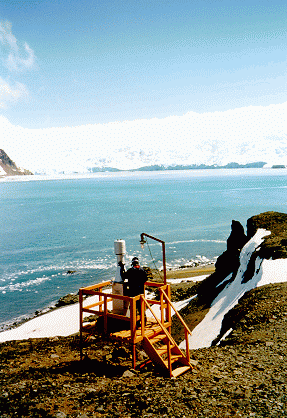

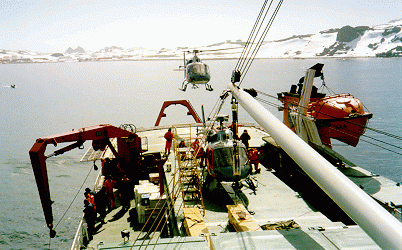

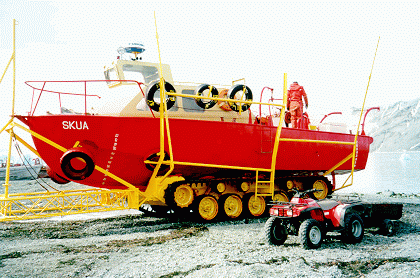
 The
Clube Alpino Paulista (CAP) supports the Brazilian Antarctic Program with
capable mountaineers, every summer, for the security of everyone involved,
either at the station or at other refuges and camping sites. These men
and women must be extremely responsible since one only fault can be fatal
and sometimes everyone depends on them. They must also have, of course,
a large experience with rock and ice climbing, expeditions, and guiding;
they must be able to control people in extreme conditions. All equipment
must be checked and if there is need for new equipment the climber shall
provide it, contacting the appropriate people. They also work instructing
for rescues and communicating with everyone outside the station to check
for needed support. They must be available anytime, anywhere, and for all
kinds of activities too. In weekends and holidays, they shall also organize
trekking for entertainment, to alleviate the conditions in this beautiful,
but hard, land.
The
Clube Alpino Paulista (CAP) supports the Brazilian Antarctic Program with
capable mountaineers, every summer, for the security of everyone involved,
either at the station or at other refuges and camping sites. These men
and women must be extremely responsible since one only fault can be fatal
and sometimes everyone depends on them. They must also have, of course,
a large experience with rock and ice climbing, expeditions, and guiding;
they must be able to control people in extreme conditions. All equipment
must be checked and if there is need for new equipment the climber shall
provide it, contacting the appropriate people. They also work instructing
for rescues and communicating with everyone outside the station to check
for needed support. They must be available anytime, anywhere, and for all
kinds of activities too. In weekends and holidays, they shall also organize
trekking for entertainment, to alleviate the conditions in this beautiful,
but hard, land.